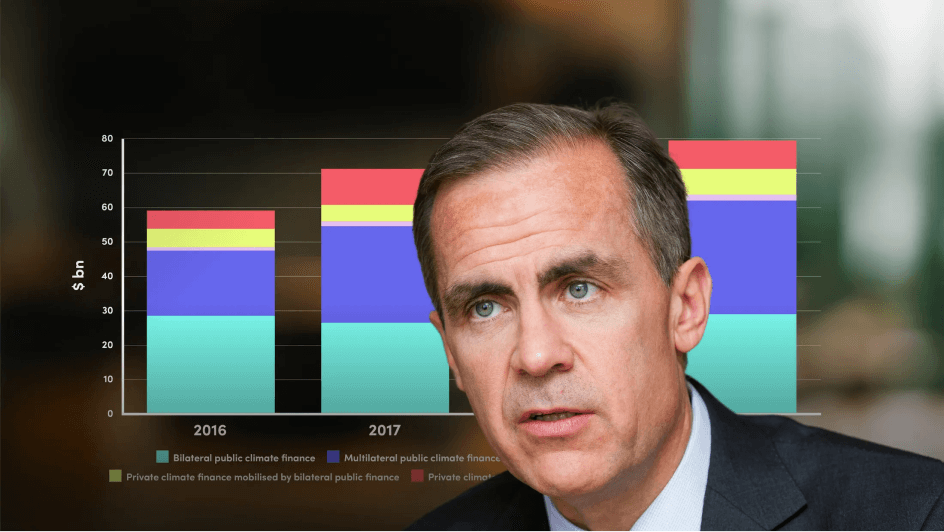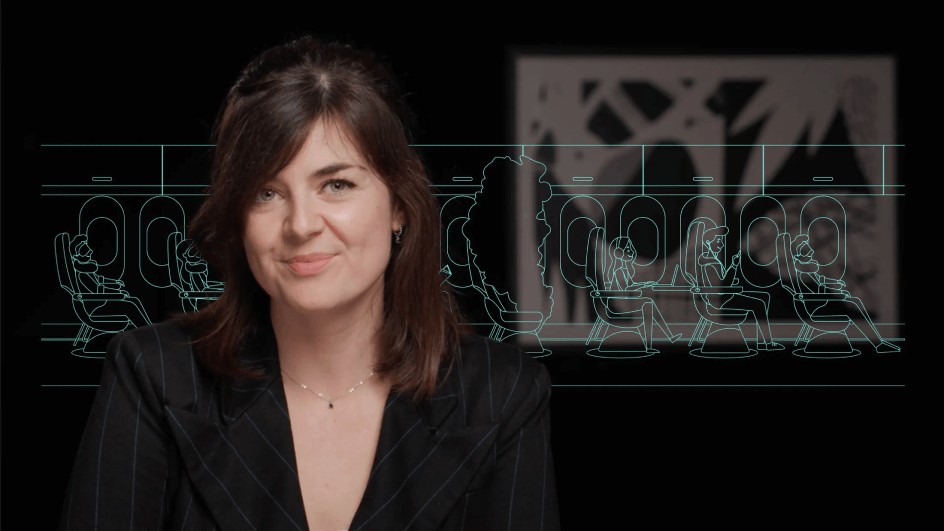How do you identify your stakeholders?
1. Identify
Stakeholders are characterised by their relationship in relation to the organisation; namely internal or external stakeholders. The difference between internal and external stakeholders is whether that stakeholder is directly or indirectly affected by an organisation’s activities. Despite being grouped together, stakeholders are individuals with specific needs and demands. They also may straddle different groups, meaning one stakeholder may be an internal stakeholder in one scenario and an external stakeholder in another scenario.
2. Analyse
Identifying proactive areas of engagement ahead of time allows organisations to start catering in small doses to their stakeholders' needs while planning for formal engagements, which can be time-consuming. An ability to cater to stakeholders' needs in advance, no matter how inconsequential, fosters trust, confidence and buy-in.
What are the main considerations boards or organisations can consider when determining their critical shareholders?
1. Stakeholder must be critical to the strategic objectives and sustainability
2. Can the stakeholder affect operations?
3. Can the stakeholder negatively influence material stakeholders?
4. Can the stakeholder add a tangible and intangible significant value?
5. Can the stakeholder be easily replaced?
How do you prioritise your stakeholders?
Stakeholders can be prioritised according to their level of business influence or expertise and their interest in the industry, the community, or the environment.
– As a top priority, these stakeholders have high influence and high interest and should be managed closely.
– As a low priority, these stakeholders have low influence and low interest and should be monitored.
– As needing to be handled with care, these stakeholders have high influence and low interest and should be kept informed.
– As needing help to participate, these stakeholders have low influence and high interest and should be kept satisfied.
How do you engage stakeholders?
1. Engaging to inform
This engagement objective is a one-way communication style focused on educating stakeholders on the ongoings of an organisation. For example, organisations engage with their stakeholders such as shareholders through annual financial reports, or website communication or media releases.
2. Engaging to consult
This engagement objective is to gain data from the stakeholders to inform internal discussions.
3. Engaging to involve
This engagement objective is about working directly with multiple stakeholders to ensure that issues and concerns in a particular area are understood and considered. This engagement is a multi-way communication where learning takes place on both sides.
4. Engaging to collaborate
This engagement objective is to partner with stakeholders to develop mutually beneficial solutions and a joint action plan. This engagement style is two-way, where learning, negotiation and decision-making occur on both sides.
5. Engaging to empower
This engagement objective is to delegate decision-making to the stakeholders on an issue. This engagement style equips stakeholders to be able to contribute to the achievement of their desired outcomes.

























